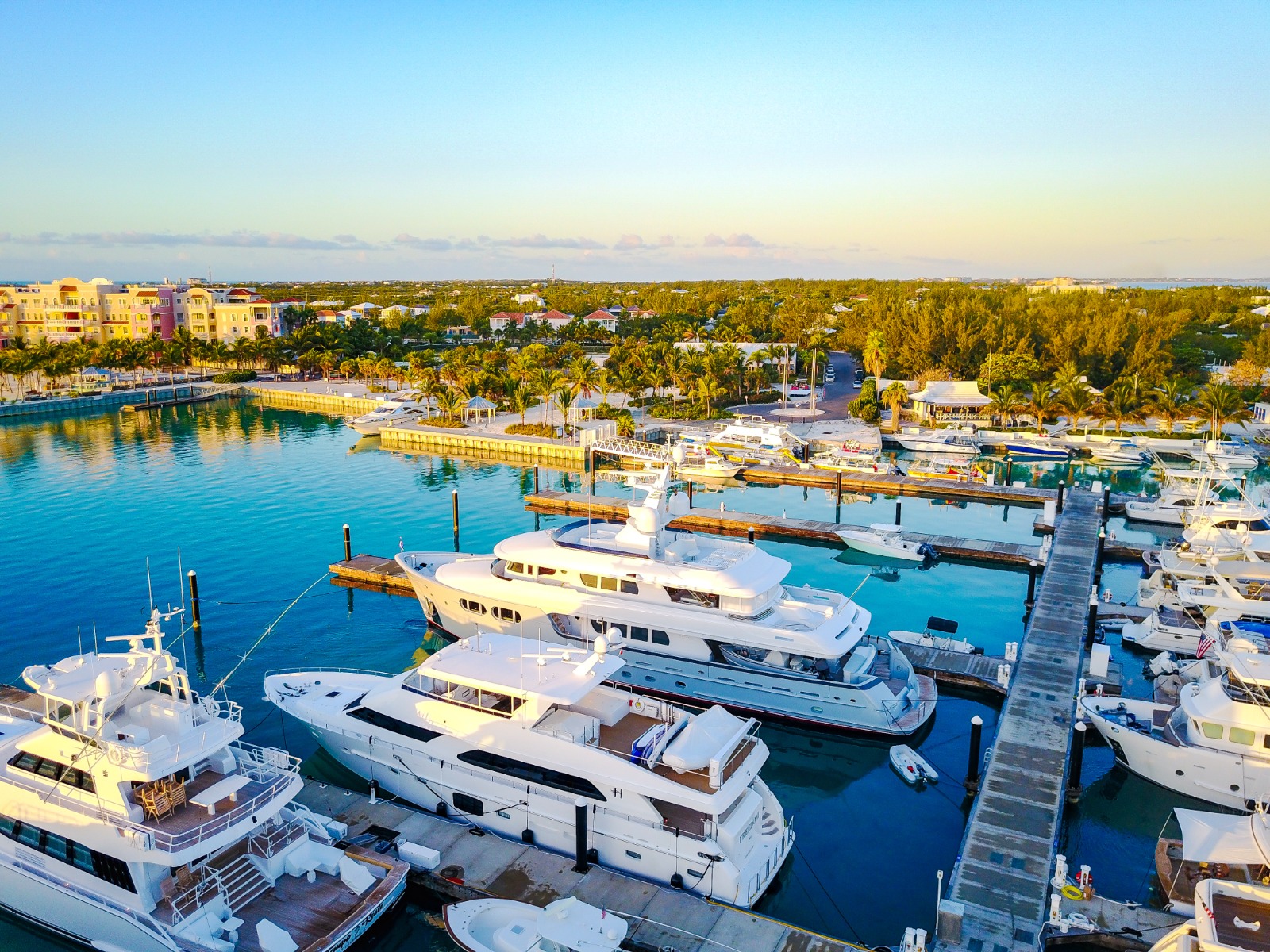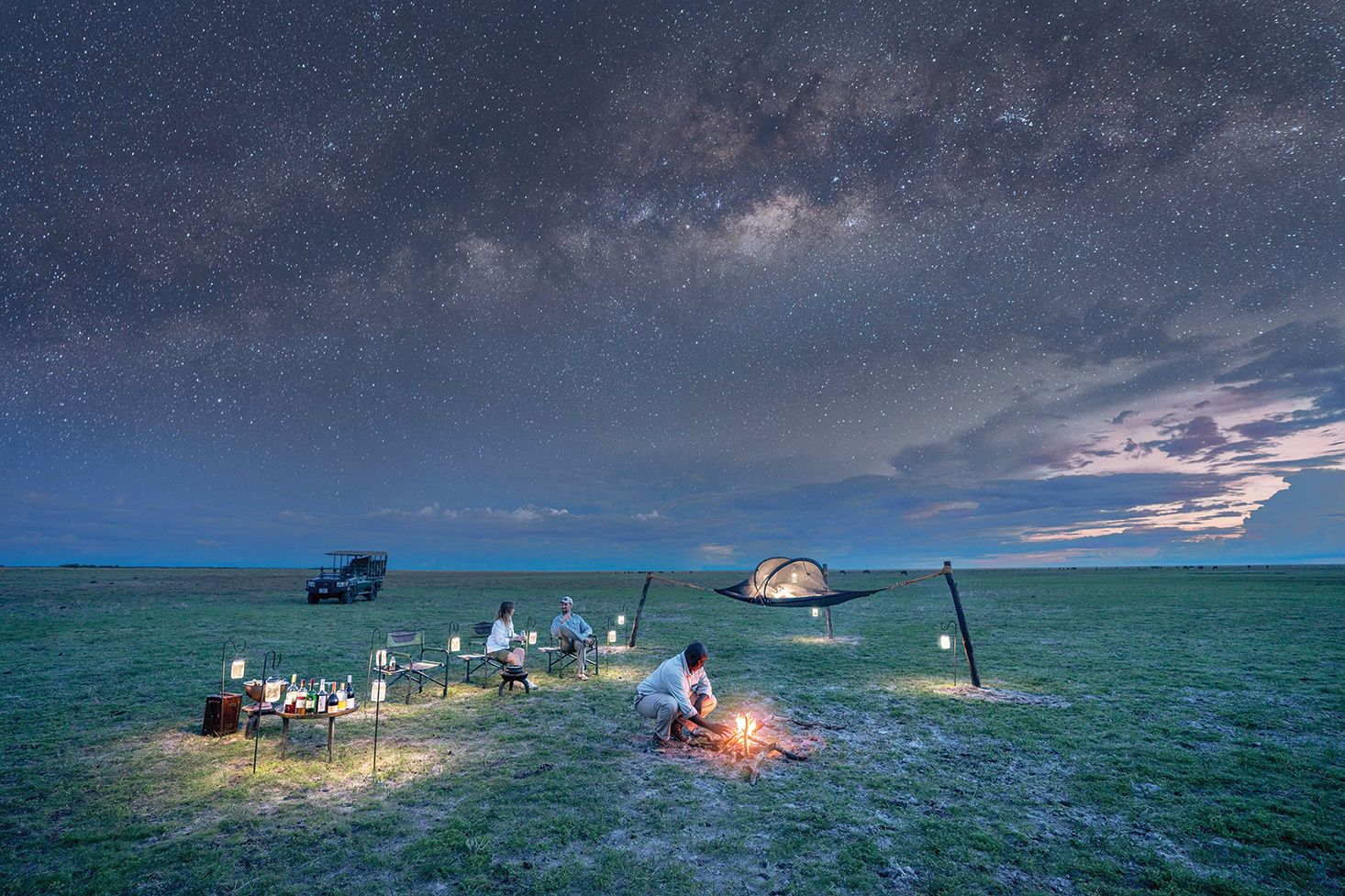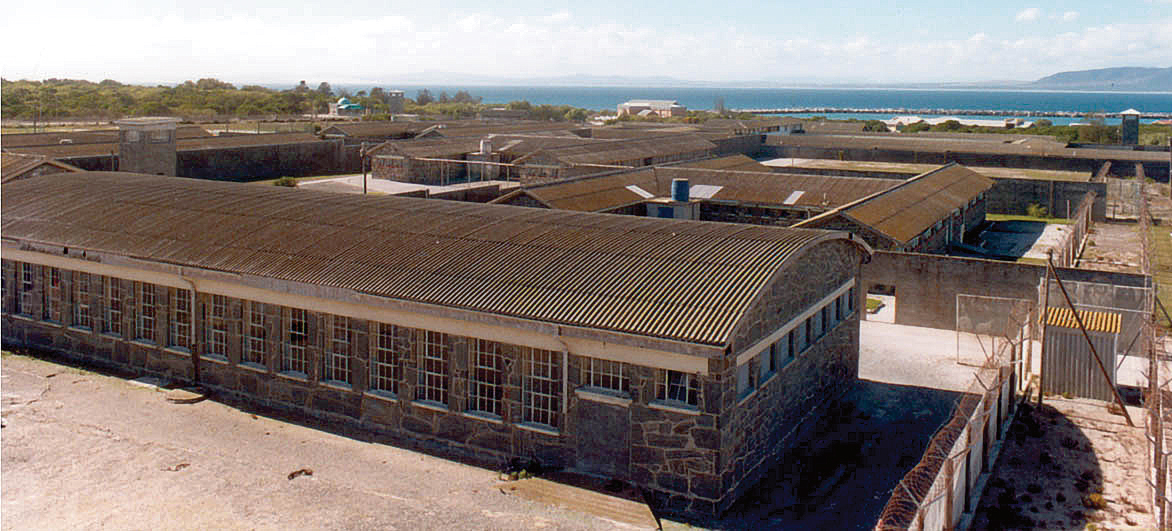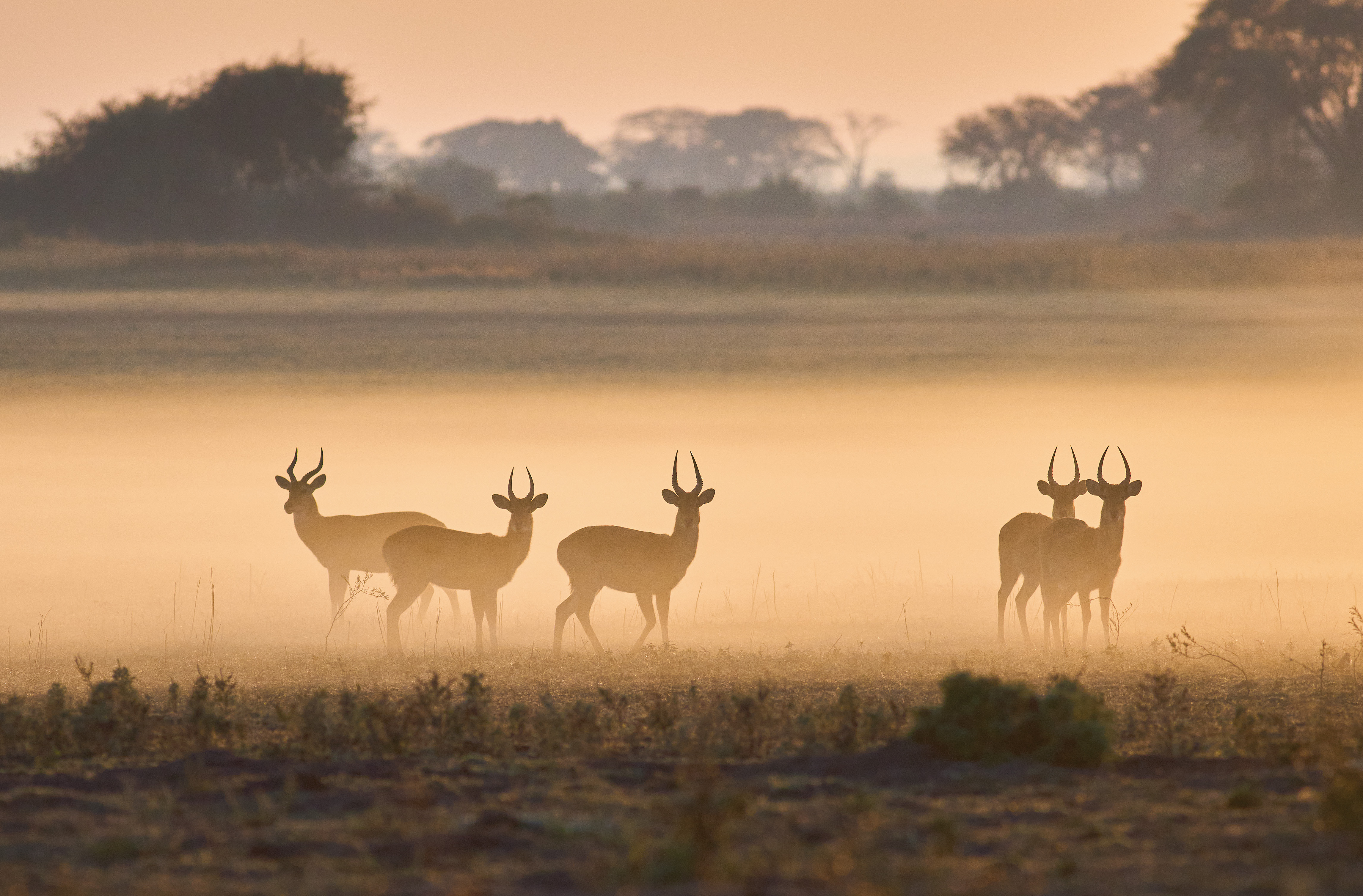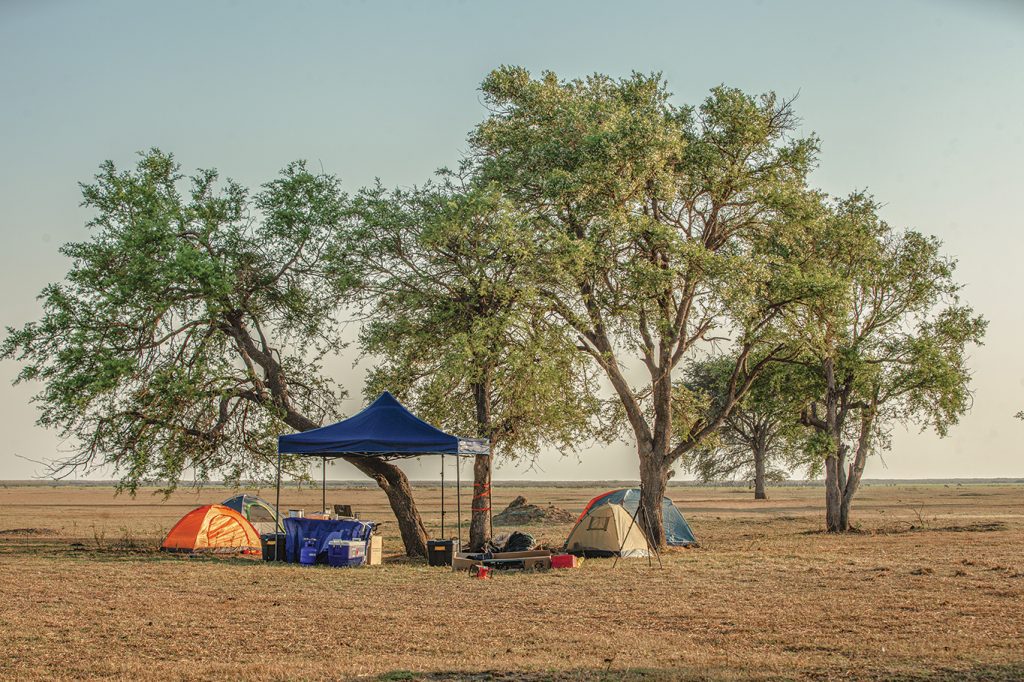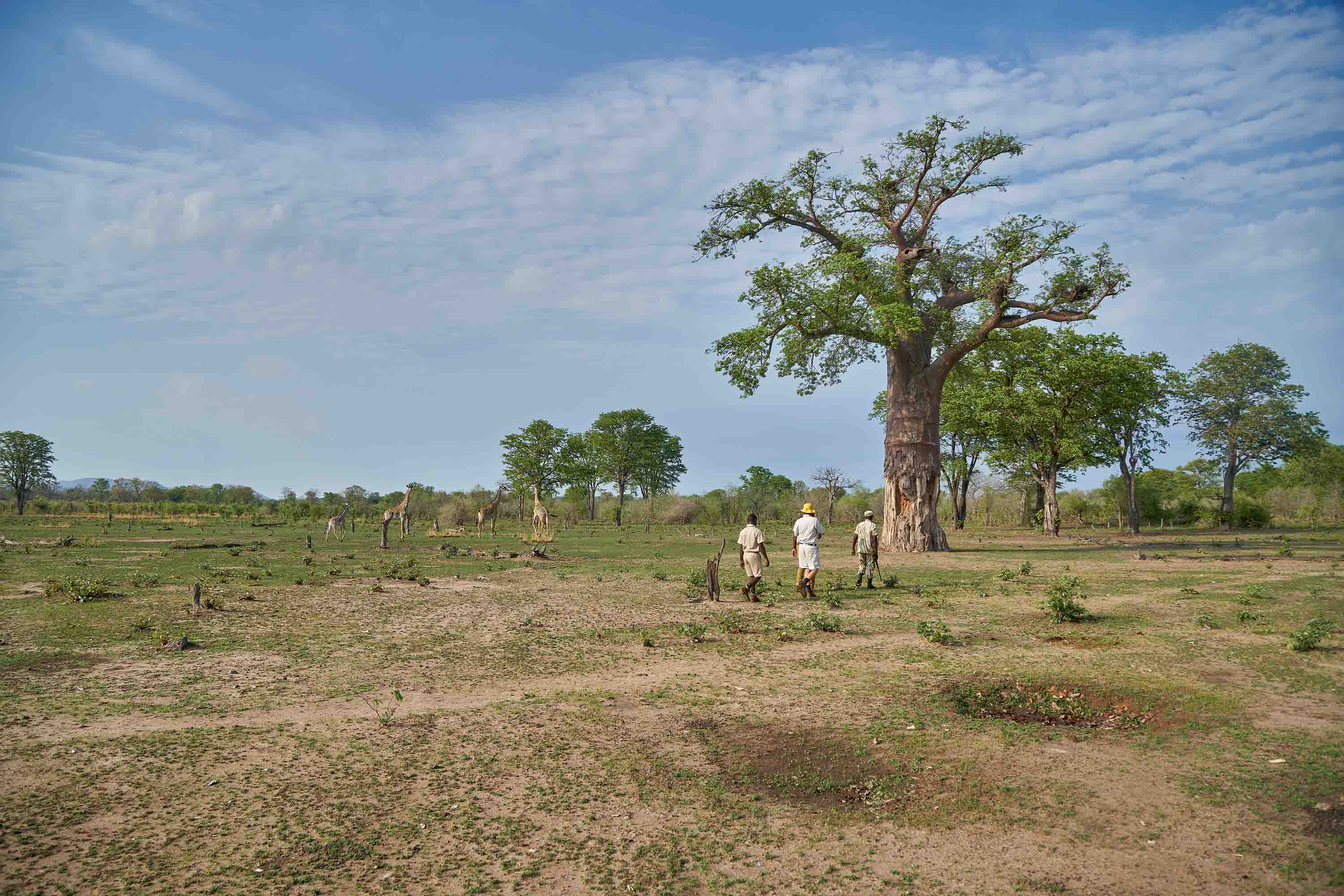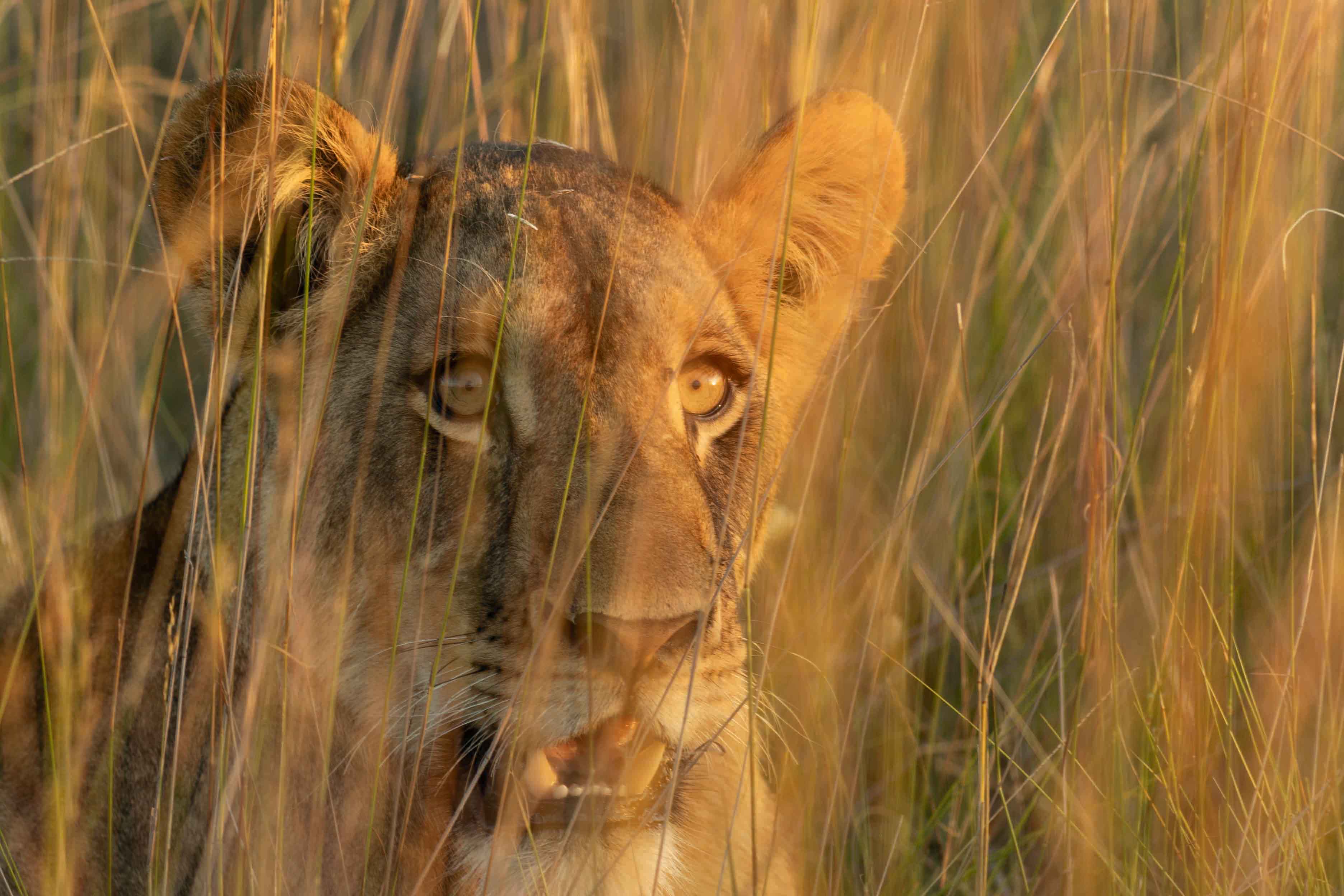Fun facts
1.At the beginning of the 15th century, the Chinese explorer Zheng He paid Malindi a visit and was rewarded with a giraffe, gifted to him by the town’s ruler, which he brought back to China.
2. As a result of a partnership between the Sapienza University of Rome’s Aerospace Research Centre and NASA in the sixties, an Italian owned space-port called the Luigi Broglio Space Center is now located near Malindi.
3. Malindi is also known as “Little Italy” because of the large and growing Italian population residing in the town.
4. Malindi Marine National Park has over 600 species of fish and well over a hundred types of corals, not to mention its turtles and dolphins. The park also encompasses beaches, mangroves and mudflats.
5. The Italian writer Sara Cardelli wrote a book about Malindi called “Mali D’Africa” about an impossible love story in Malindi.
Malindi

Few of us will disagree that white-sand beaches, tropical reef gardens, Italian woodfired pizza, or sunrises over desert-like landscapes each are ingredients that raise the odds for an enjoyable holiday. It will be harder to believe that there is no need to pick either the coral reef or the canyon, the tropical beaches or that mouthwatering pizza prepared by the hands of an Italian. These joys of life can be found in one place only, on the shores of the Indian Ocean, some 120km from Mombasa.
Once a Swahili trading hub, the town of Malindi has a rich history which is laced with bits and pieces of culture from all around the planet. The leftovers of a time when Bantu-famers moved into the area to support the trade in timber, iron, ivory and rhino horns, have blended with the influences of Somalian, Egyptian and Arab businessmen, the footprint left by Portuguese explorer Vasco da Gama, and the legacy of Sultan Majid of Zanzibar who conquered Malindi in 1861. British colonizers were the last ones to have a say in Malindi before Kenyan independence.
Blessed with pristine beaches and colorful coral gardens just off its shores, today’s Malindi is a buzzing tourist town attracting both national and international holiday-goers. Since the initiation of a Kenyan-Italian space project in the sixties, a growing number of Italians decided to set up camp in Malindi – now also dubbed “Little Italy” – which is a testimony of its exquisiteness and a guarantee that a proper espresso is always just around the corner. But Malindi has more to offer than its mind-boggling marine life and its mouthwatering seafood pizzas.
From Gedi to Da Gama
Malindi has been through its share of cultural transitions. That means that for those among us interested in history, there is a lot to see. The Vasco Da Gama pillar erected in 1492 and perhaps the most prominent reminder of Portuguese influence in Kenya, is just one example. Made of white coral and positioned in front of the turquoise Indian Ocean, it is believed that Portuguese explorers were able to see the pillar from afar while approaching the shores. The Café by the Old Portuguese cemetery is a perfect spot for some daydreaming under the enjoyment of the sight of the pillar, while trying to recreate the landing of the Portuguese on the Kenyan shores in one’s mind. The Da Gama Pillar is located a stone throw away from the Portuguese Church and the Malindi museum, two other places worth a visit.

A twenty-minute drive south of Malindi, buried in a lush forest, the mysterious Gedi ruins transport visitors back to early medieval times. Although there is no written documentation explicitly mentioning Gedi, archeologists have established that this cosmopolitan settlement came into existence in the late 11th or early 12th century and that it was one of many Swahili settlements along the coastline, stretching all the way from Mogadishu in Somalia to the Zambezi river in Mozambique. More than 35 years after Sir John Kirk, a British resident of Zanzibar, stumbled upon the Gedi ruins in 1884, excavations started and revealed a walled town with mosques, a palace, numerous houses, evidence of running water and flushing toilets, and a wealth of imported materials such as Venetian beads and Chinese pottery, testifying its prosperity at the time.
Hell’s Kitchen

Just 40km South-East of Malindi, the leftovers of a massive Stoneridge eroded by the sandy ocean wind offer visitors a moment away from town-life as well as a spectacular play of vibrant colours, ranging from bright orange and ginger to turmeric and eggshell. When visited at sunrise, the Marafa Depression, also known as “Hell’s Kitchen”, is extra-breathtaking and not yet so hellish hot, making it the best time to pay this intriguing off-the-beaten-path travel destination a visit. Locals call the sandstone canyon “Nyari”, meaning “the place broken by itself, which may have to do with more than the impact of the forces of nature on stone. Local folklore has it that once upon a time when a local family indulged in their wealth while letting their fellow villagers languish in poverty, God sent an earthquake to part the soil beneath their house. The Marafa Depression is now a sacred area where locals come to pray for God’s help with the hardships of life.
Take your tastebuds on a tour

Just like it has coloured and shaped Malindi’s surroundings, the town’s cosmopolitan history has also infused its cuisine. The Middle East, Portugal, England and Italy are all represented alongside a multitude of mouthwatering traditional Swahili dishes. An absolute must-eat is the Swahili pilau with chapati, but if you’d like to explore what Italy in Africa tastes like, a good pizza or a decent risotto is easy to find.
Just like Malindi’s restaurant scene has an option for every type of craving, it also has something on offer for every budget, from street food lobster barbecue to al fresco dining in the Five-Star Hemingways Resort Hotel restaurant in Watamu. And knowing that any kind of food simply taste better on the beach, Hemingways made sure that you’ll have your delicious catch of the day where a crystal-clear ocean meets Watamu’s coral white sand. Looking for something in between street food and splurging? In that case, perhaps one of the many seafront restaurants and beach bars will be your thing.
Some Malindi specialties have made it into the big wide world, such as the Malindi macchiato, which is the perfect example of a Swahili-Italian blend. It is so tasty that Kenya’s coffee chain Java House has put it on their menu. The hot beverage brings together the full-bodied taste of an Italian coffee with the typical spices of the region, including cinnamon, nutmeg, fresh pepper and cardamom. When in Malindi, this is an absolute must-try, right at its source.
The soft life

Think soft, silvery white sand, immaculate, feathery palm trees swaying in a gentle sea breeze, and crystal-clear, lukewarm Indian Ocean water: From Watamu all the way to Gongoni – the beaches in and around Malindi are stunning without exception. While Malindi town has a few beaches on offer that are easy to reach by foot, well-connected to shops and restaurants, and gorgeous, the best beaches for a day trip are located just out of town. Among the favourites is Watamu beach, also called Turtle Bay, where – as the name gives away – you are likely to spot the odd sea turtle amidst the vast reef gardens and colourful fish of Watamu marine park. Che Bale Beach on the other hand catches more wind, which makes it less ideal for snorkeling but a perfect spot for kite surfing. And then there is of course Malindi beach, famous for its scenery, more stunning coral reef, as well as numerous activities to engage in, such as sea fishing, water skiing, diving and snorkeling.
Sawa sawa

A traditional Swahili dhow, or small ship with two masts, is called a Sawa sawa, which equally is an often-used expression by Swahili speakers, meaning “alright”, “fine”, or “ok”. Whether or not the two different uses of “Sawa sawa” are related – it is hard to feel anything less than perfectly fine, if not blissful, when floating around on a Sawa Sawa in the bright blue waters around Malindi. Dhow excursions are a beloved tourist attraction, which can take many forms and shapes. They come as a full-day activity to allow for plenty time to explore surrounding beaches, dive into the local marine life and enjoy a sun-drenched seafood lunch, but they are also available as mini-excursions, for example to enjoy the sunset while sipping on a Tusker, Kenya’s famous Lager, or a glass of wine.

